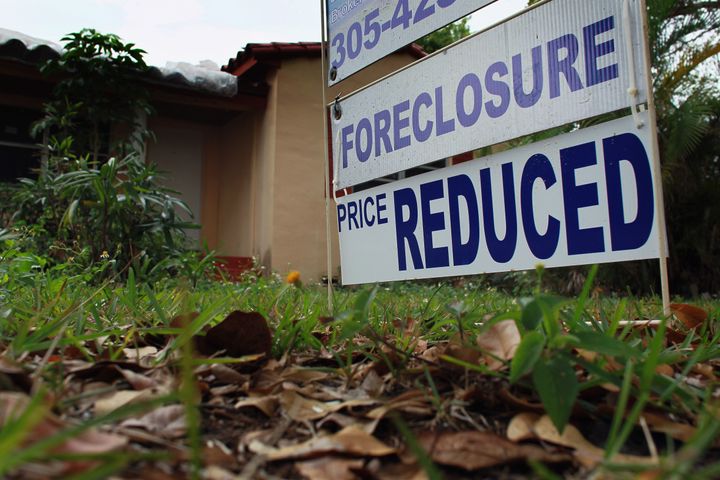
As I wrote last time, a favorite right-wing talking point in recent years has been the claim that federal efforts to promote lending and investment in underserved communities, such as the Community Reinvestment Act, caused the subprime mortgage collapse and our ongoing recession. Not only is that nonsense, there's a crucial bit of history that the Rush Limbaughs and Neil Cavutos of this world leave out:
For decades the federal government actively promoted redlining and racial segregation in housing. The CRA is, among many things, an attempt to balance the ugly results of policies that boosted white suburbs at the expense of urban neighborhoods populated by people of color.
This history is briefly recounted in Regaining the Dream, an important new book about how to successfully and responsibly promote homeownership for low and moderate income Americans, and how such programs differ profoundly from the reckless subprime lending that marked the housing bubble.
Back in the early 1900s, authors Roberto G. Quercia, Allison Freeman and Janneke Ratcliffe explain, "most urban African Americans lived in neighborhoods that were predominantly white." But those setting federal housing policy believed that racially mixed neighborhoods had unstable property values. So when the Federal Housing Administration began promoting homeownership in the 1930s by backing home mortgages, it actually required racially restrictive covenants on the properties it insured.
The U.S. Supreme Court largely put an end to these restrictive covenants in 1948, but only slightly more subtle forms of racial discrimination in housing continued to be widespread for at least another generation.
It's hard to believe now, but the FHA's 1938 Underwriting Manual stated that "if a neighborhood is to retain stability, it is necessary that properties shall continue to be occupied by the same social and racial classes. A change in social or racial occupancy generally contributes to instability and a decline in values."
Quercia, Freeman and Ratcliffe, all researchers at the University of North Carolina - Chapel Hill, lay out the results such policies produced in stark terms:
The creation of these policies and practices helped support the creation of economically healthy white suburbs and economically struggling, primarily minority, central cities. If dense, aging, and mixed developments were considered less valuable, central city areas by definition would be undervalued. If it was important to keep racial and social stability in neighborhoods, then as white middle-class people were the first occupants of new suburban developments, black Americans would find themselves excluded from these areas. ... Between 1939 and 1954, FHA supported 60 percent of home purchases. Between the mid-1940s and mid-1950s, only 2 percent of these mortgages went to black Americans.
The effects of these policies linger today. For most Americans other than the very wealthy, their home is their single largest asset, the main repository of family wealth. The fact that whole groups of Americans were systematically kept from buying a home in neighborhoods where values were most likely to appreciate is a significant factor in today's racial wealth gap. According to the Pew Center, for every dollar a white family owns, the median Latino family has six cents and the median black family has a nickel.
That staggering gap didn't happen by chance. It was largely a result of deliberate policy choices.
As with many aspects of America's troubled history around race, it's tempting to try to forget all this -- to pretend that it's just history and no longer relevant. But sadly, the effects of our history of racial segregation live on, and efforts to fix the ongoing damage must continue.
As they look at the future of housing policy, the Obama administration and Congress must avoid policies that limit homeownership to the wealthy and thus continue to expand the gap between rich and poor. As Regaining the Dream shows, policies that promote sustainable homeownership for Americans of modest means are not only possible, they are good for our whole nation.